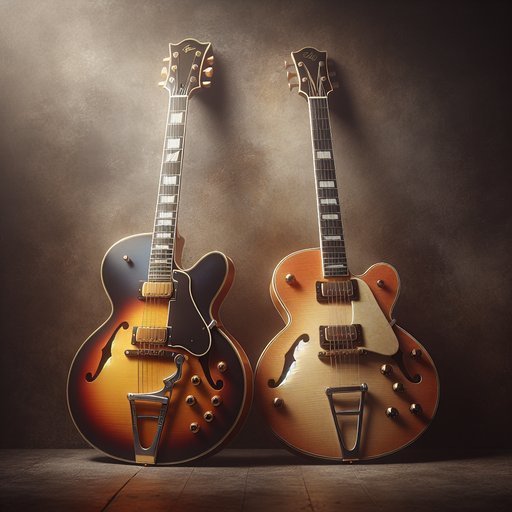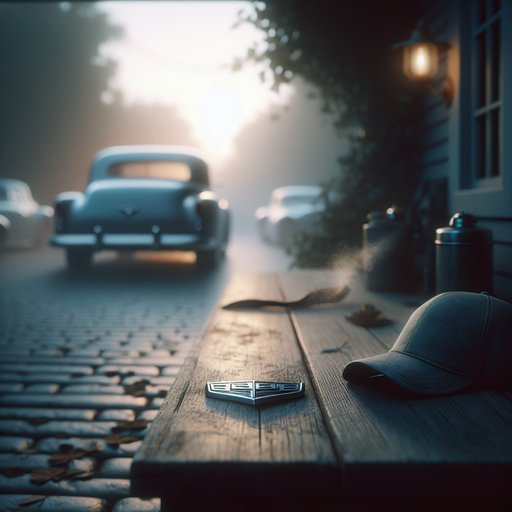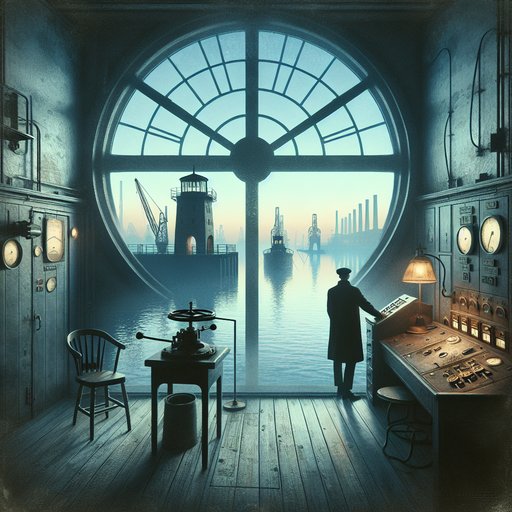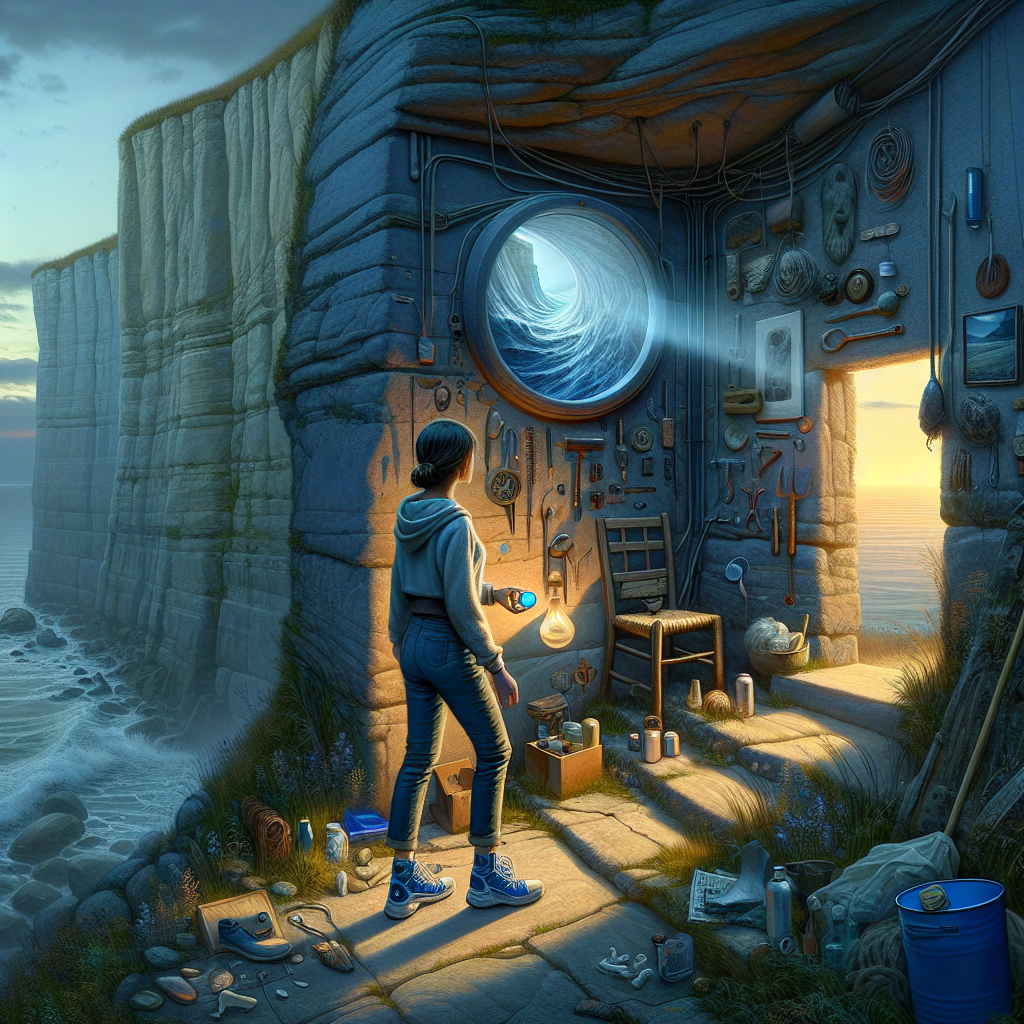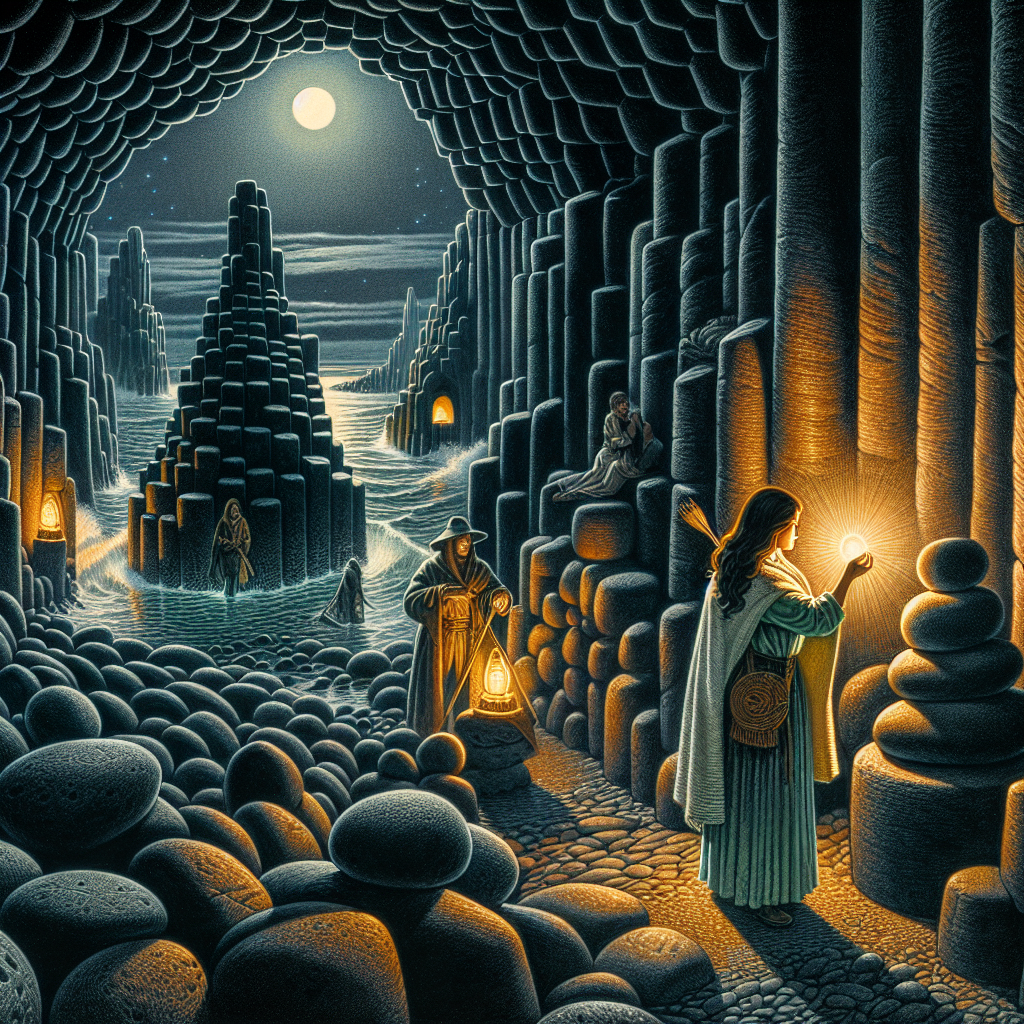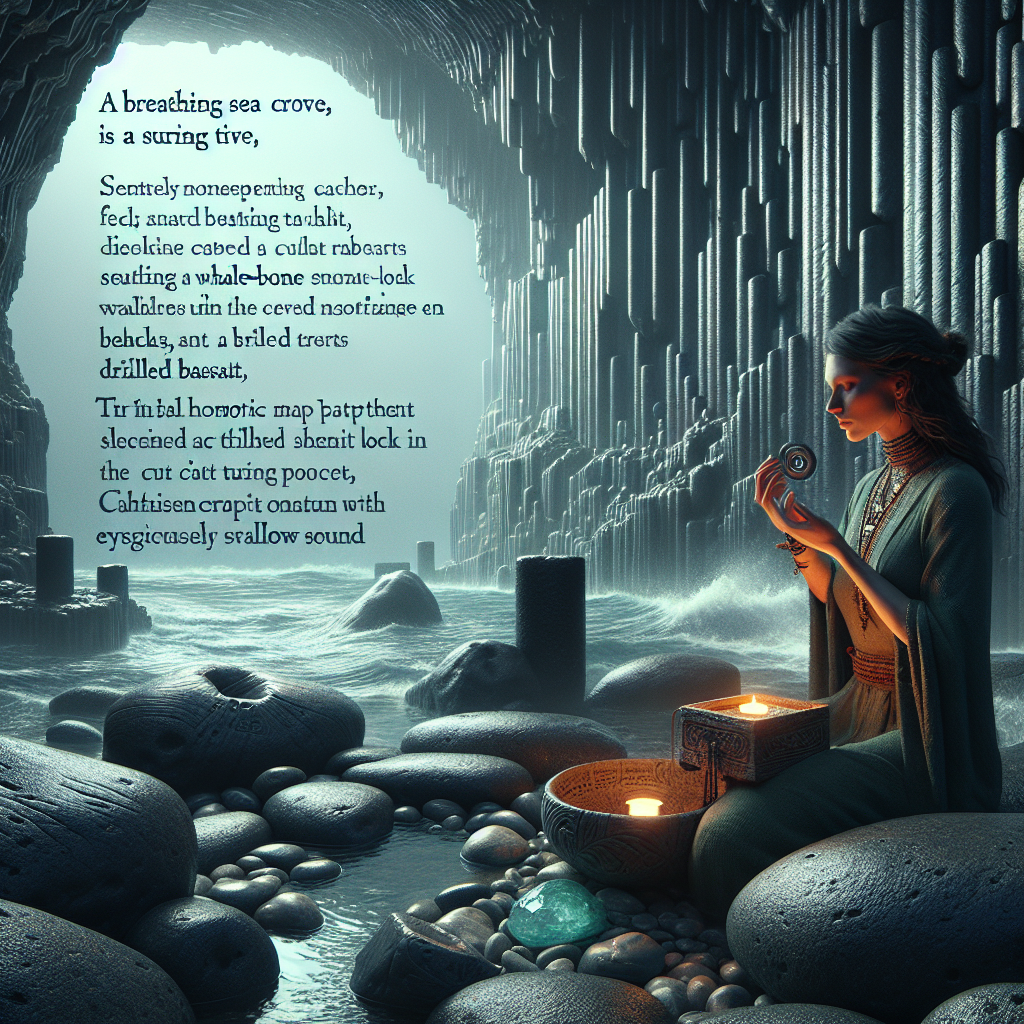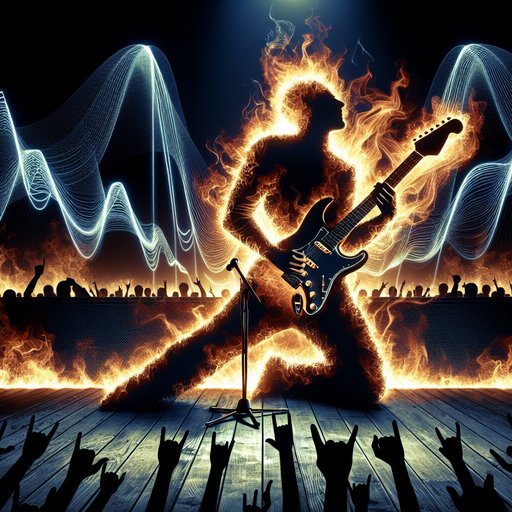 The cradle of rock 'n' roll music lies in the sweaty palms of artists clutching their guitars, electrifying crowds and sparking revolutions as their fingertips danced on the strings. This symphony of innovation in rock 'n' roll would be incomplete without the mention of the iconic Fender Stratocaster, synonymously hailed with the legend of Jimi Hendrix, which together redefined the contours of this rebellious genre.
The cradle of rock 'n' roll music lies in the sweaty palms of artists clutching their guitars, electrifying crowds and sparking revolutions as their fingertips danced on the strings. This symphony of innovation in rock 'n' roll would be incomplete without the mention of the iconic Fender Stratocaster, synonymously hailed with the legend of Jimi Hendrix, which together redefined the contours of this rebellious genre.
The inception of the Stratocaster was indeed a pivotal chapter in the history of rock 'n' roll. Created in 1954 by Leo Fender, the Stratocaster carried a distinctive charm; its sleek design, revolutionary 'whammy bar' and three-pickup configuration allowed for an experience that was adaptable, unique and intense – perfectly fitting the spirit of rock 'n' roll. This marriage of invention and chaos dismantled the dominance of traditional hollow body guitars and transformed the raw adolescent emotion of rock 'n' roll into an immersive spectacle. The Stratocaster's innovation quickly won over mainstream legends.
It was the genre-shaping guitar work of Buddy Holly that prominently featured Stratocaster, cementing its place in the rock 'n' roll pantheon. This endorsement by influential artists led to its growing reputation as a guitar that stood for transformation and rebellion – tenets close to the heart of the genre and more broadly, an evolving socio-political landscape. In the late 1960s, Jimi Hendrix, the high priest of psychedelic rock, immortalised the Stratocaster in a performance that remains a defining moment in the history of rock 'n' roll. His rendition of ‘Star-Spangled Banner’ at Woodstock was a momentous ode to the political, cultural disquiet brewing in society; the guitar’s shrill shrieks and sonic distortions translated into a palpable portrait of the angst and rebellion of the time, thus reinventing both the national anthem and the Stratocaster’s role in music.
Beyond Hendrix, the Stratocaster’s fame spread across continents, echoed in the soulful, plaintive wails of Pink Floyd's David Gilmour. His guitar solos on the Stratocaster painted vivid, emotional landscapes, captivating audiences and catalysing the Stratocaster's worldwide appeal. The Strat wasn’t just a musical instrument; it was a medium to channel ideas, emotions and messages that couldn't otherwise be conveyed. Today, the Stratocaster refuses to bow to passing trends, retaining its aura of rebellion and authenticity.
From amateur garage bands to jam-packed stadiums, it continues to be the weapon of choice for artists who dare to explore and express, making it an unfading cultural symbol of ambition and defiance. In conclusion, the Stratocaster's journey from Leo Fender's Californian workshop to the pinnacle of rock 'n' roll, is an inspiring testament to one man’s vision, open-ended innovation and the eternal power and allure of music. It remains a beacon of the rock 'n' roll revolution, and a symbol of how the most impactful stories are often strummed out on six strings, echoing in the hearts of millions.



















